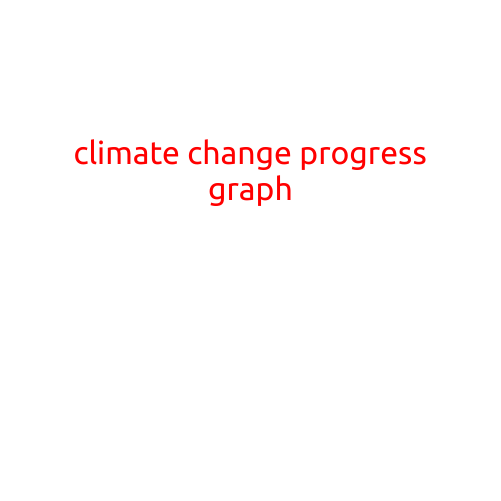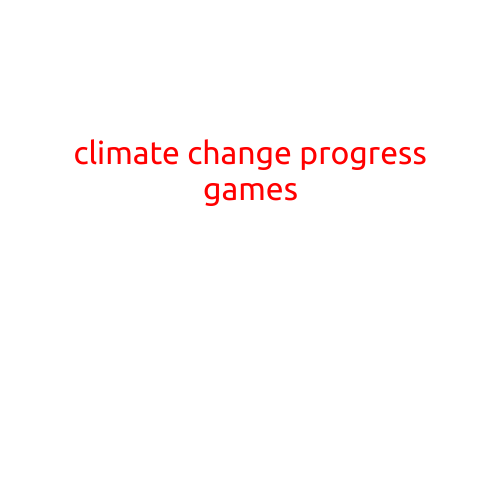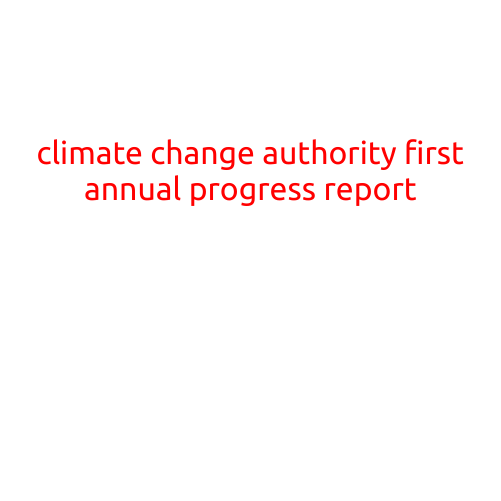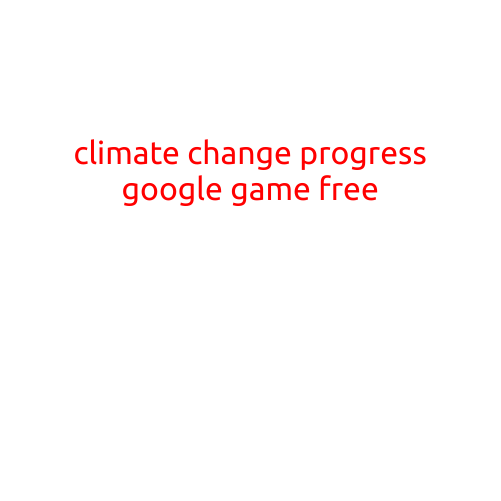
Title: Climate Change Progress Graph: A Visual Guide to the Fight Against Global Warming
Introduction:
Climate change is one of the most pressing issues of our time, with far-reaching consequences for our planet and its inhabitants. In recent years, there has been a surge of attention and action on the issue, with governments, organizations, and individuals working together to reduce greenhouse gas emissions and mitigate the effects of climate change. But how much progress have we really made? In this article, we’ll explore the progress graph of climate change, examining the ups and downs of our collective efforts to address this global crisis.
Historical Context:
Before we dive into the progress graph, it’s essential to understand the context in which climate change has evolved. The concept of climate change was first widely recognized in the 1970s, but it wasn’t until the 1980s that the issue gained significant attention. In 1988, NASA scientist James Hansen testified before Congress, warning of the dangers of human-induced climate change. This marked a turning point, with governments and organizations beginning to take action.
Progress Graph:
The progress graph of climate change is a complex and evolving visual representation of our collective efforts. While there are many ways to measure progress, we’ll focus on several key indicators:
- Carbon Emissions: Global carbon dioxide (CO2) emissions have increased significantly since the 1950s, but the pace of growth has slowed in recent years. In 2020, global CO2 emissions reached a record high of 33.3 billion metric tons, but the rate of growth was the slowest since the 1990s.
- Renewable Energy: The share of renewable energy in the global energy mix has grown steadily, from 20% in 2000 to 33% in 2020. Renewable energy sources like solar and wind power have become increasingly cost-competitive with fossil fuels.
- Energy Efficiency: Global energy consumption has continued to rise, but energy intensity (the amount of energy required to produce one unit of GDP) has declined. This means that we’re using more energy-efficient technologies and practices.
- Climate Resiliency: The frequency and severity of extreme weather events, such as hurricanes, droughts, and wildfires, continue to increase. Climate change adaptation and resilience efforts are underway to help communities prepare for and respond to these events.
Breakthroughs and Bottlenecks:
- Paris Agreement: In 2015, the Paris Agreement was signed by nearly 200 countries, aiming to limit global warming to well below 2°C (3.6°F) above pre-industrial levels. The agreement set a framework for countries to reduce greenhouse gas emissions and adapt to climate change.
- Clean Energy Technologies: Advances in clean energy technologies, such as electric vehicles, energy storage, and smart grids, have accelerated the transition to a low-carbon economy.
- Climate Change Denial: Despite the overwhelming scientific evidence, climate change denial remains a significant obstacle to progress. Politicians, media outlets, and other influencers continue to spread misinformation, delaying meaningful action.
Challenges Ahead:
- Energy Transitions: Decarbonizing the energy sector will require a massive shift from fossil fuels to renewable energy sources. This will require significant investment in infrastructure, technology, and workforce development.
- Climate Justice: Climate change disproportionately affects vulnerable populations, including low-income communities, indigenous peoples, and small-island developing states. Climate justice requires addressing these inequalities and ensuring that climate policies benefit all people.
- International Cooperation: Climate change is a global problem requiring international cooperation and collaboration. However, some countries continue to refuse to participate in the Paris Agreement or undermine global climate efforts.
Conclusion:
The climate change progress graph represents a complex and evolving landscape. While there have been significant breakthroughs, including the adoption of the Paris Agreement and advancements in clean energy technologies, there are still major challenges ahead. To overcome these obstacles, we must continue to build international cooperation, invest in clean energy technologies, and prioritize climate justice. By working together, we can create a more sustainable future for all.





